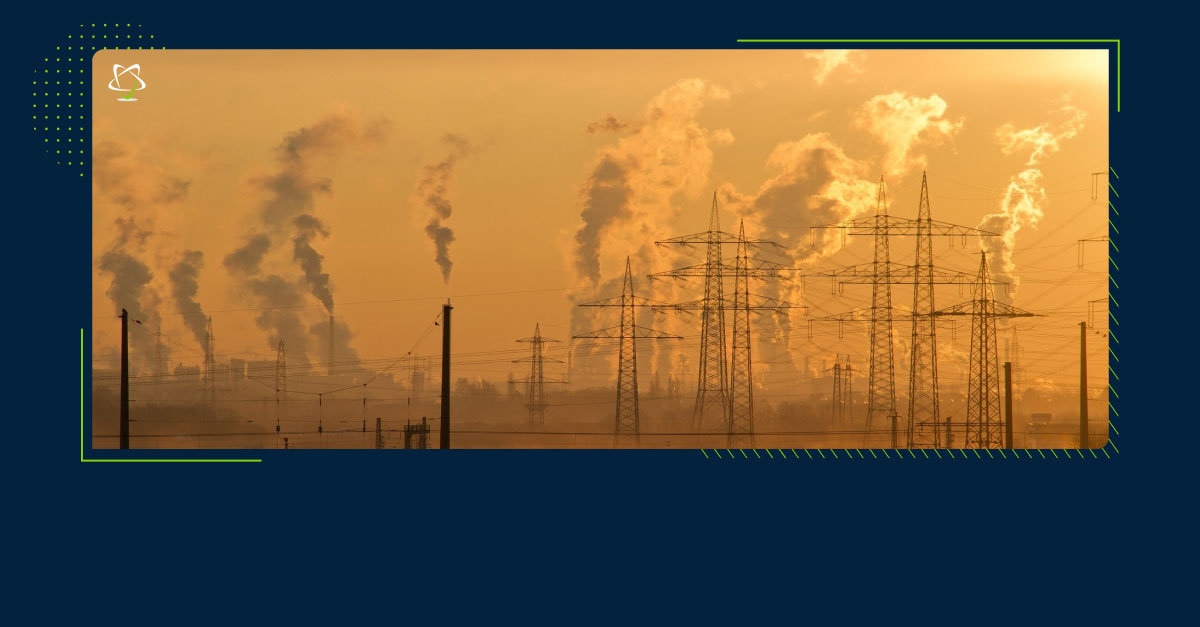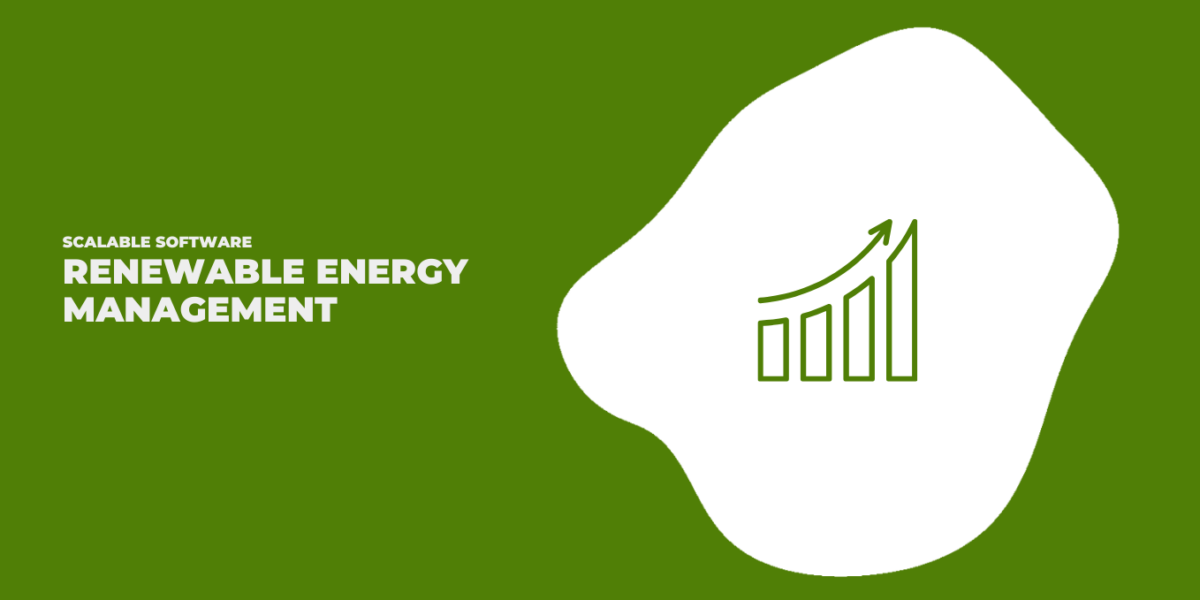Effective asset management — which includes technical, financial, and compliance management services — is key to the profitability of clean energy. But it also has implications for climate change and the global environment.
The renewable energy revolution makes energy more affordable, improves grid reliability in the face of increasing natural disruption, and reduces greenhouse gas emissions. But you and your projects can do better. Improve both the operational efficiency and sustainability of renewable assets — namely wind and solar plants — by digitalizing the management process.
Digitalization creates stronger internal organization and cooperation, eliminates time-consuming ‘busywork,’ and supports more comprehensive monitoring, data collection, and economic forecasting. Cheaper refinancing rates are a unique benefit of more rigorous renewable asset monitoring as well, as it’s easier to demonstrate high-end performance.
It also helps extend the longevity of renewable assets.
Armed with data on any potential operational inefficiencies, renewable asset managers can dispatch O&M teams to eliminate minor problems before they become a cause for concern, keeping the assets in better condition.
This is a universal principle — better information leads to better care, which translates into longevity — especially for wind or solar power assets. The average solar and wind energy plant tends to last around 20-25 years. Expanding the lifespan and, therefore, the renewable asset production period means fewer natural inputs need to be exploited to meet the world’s growing energy demand, reducing the asset’s overall environmental impact, thereby mitigating climate change.
With enhanced data management ensuring the long-term stability of renewable energy assets, digitalization helps to maximize clean energy production while minimizing unexpected downtime. Technical failure and maintenance are two of the prime causes of asset downtime, which can be problematic and cost-prohibitive for renewable energy sources that produce intermittently.
Luckily, these technical failures and maintenance interruptions can be limited through improved, dedicated monitoring and long-term renewable asset planning — both of which are made more accessible through a centralized digital platform such as PowerHub.
The more clean energy that’s produced in the lifetime of a renewable asset, the more cost-effective and environmentally friendly it becomes. If every solar and wind energy plant in the world was utilized to its full potential, increasing renewable energy production, environmental inputs and production residuals would once again be reduced.
Limiting unexpected downtime of renewable assets helps maintain grid reliability, something that’ll only get more crucial as the rate of intermittent, decentralized energy adoption continues to pick up. Successful grid stability also demonstrates renewable energy’s safety, cost-effectiveness, and reliability, benefitting the industry’s politics.
Digitalizing renewable asset management by using the PowerHub software can help improve the economics and sustainability of clean energy (simply by making team workflows and monitoring more efficient) and is paramount to maximizing asset value, both in ambient environmental and monetary terms.
A well-organized and executed renewable asset management ensures that no potential cost or carbon savings are lost, which are intrinsically linked. The benefits of digitalized renewable asset management have never been clearer, both for climate change mitigation and private capital accumulation.




